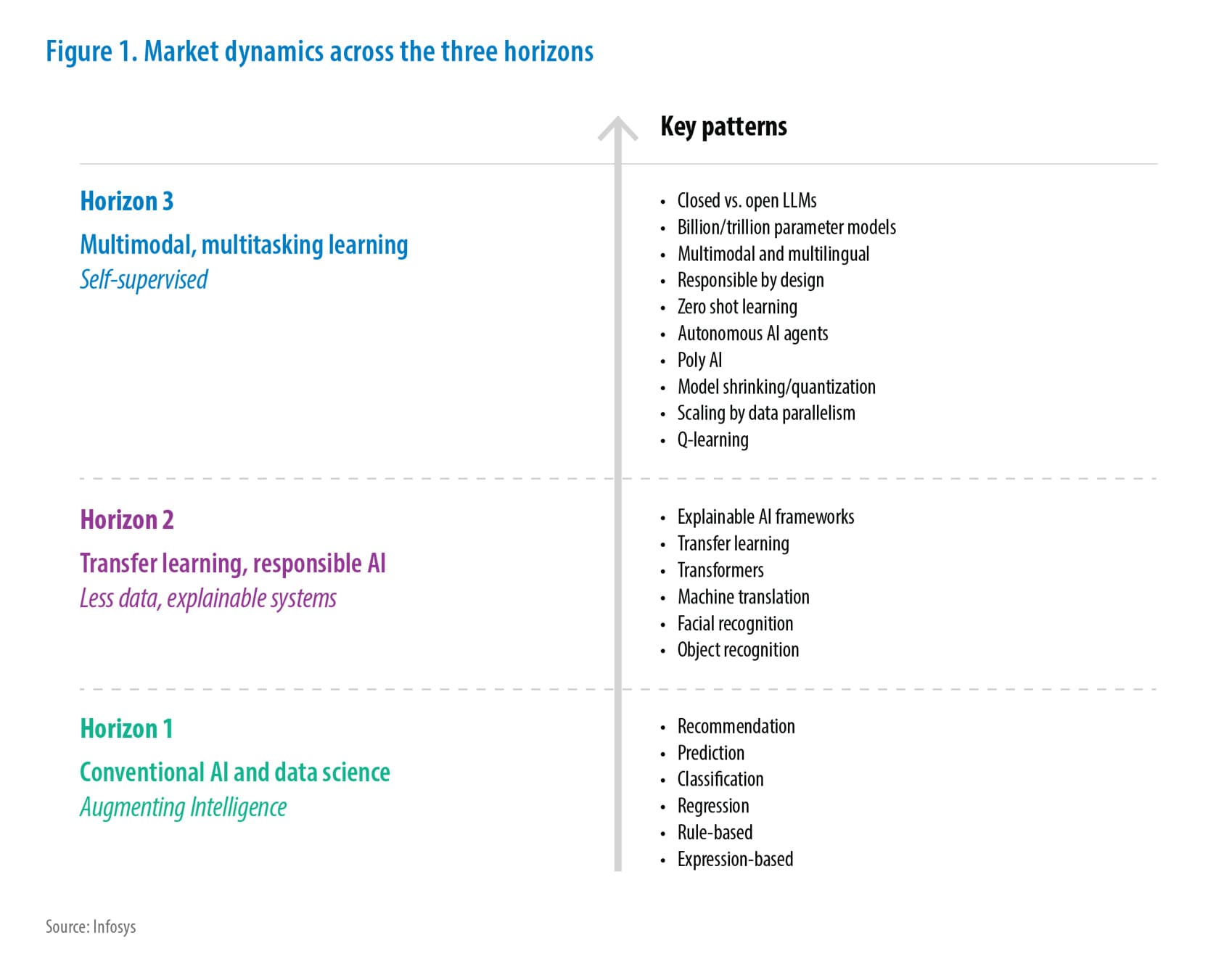Digital Supply Chain
The Secret Sauce for Improving Digital adoption of Self Service for an Organization
A Gartner case study on a multilevel marketing organization studied an enterprise named Beachbody that saw the usage of self-service increase by 23% in a span of 12 months. They experienced cost savings of $2.5 million.

Insights
- The self-service option should be available to consumers through the path of least resistance.
- Bringing every user to use self-service should be the vision, and this can be achieved by implementing a Self-Service-first design for all consumer touchpoints.
- This paper covers how enterprises can speed up their journey towards providing self-serve capabilities to their customers.
Round the clock availability of a skilled work force poses one of the biggest challenges that any organization without self-serve faces when scaling up and making themselves sustainable. On the other hand, organizations with successfully implemented and adopted self-serve platforms provide services around the clock with lower operational costs, more stability, better customer satisfaction and faster growth. Consumers prefer having the flexibility to choose when, where, and how they want products or services to be provided.
However, for a model that looks so promising from the outside, only 12% of self-service initiatives so far have been able to deliver the anticipated ROI (Return on Investment). Certainly, things do not add up! Especially since according to a Microsoft report, 90% of consumers globally expect organizations to have an online self-service customer support portal.
How do enterprises speed up their journey towards providing self-serve capabilities to their customers? We share a few secrets for a successful adoption of digital self-serve:
Self-serve 360
A successful adoption happens with the implementation of a 360-degree self-serve for end-to-end customer journeys. For example, in a retail organization that provides self-serve for shopping, payment, delivery, returns, refund, customer service, etc., the whole experience needs to be seamless for the customer, so that they do not feel the necessity of human interaction to complete the transaction.
Gartner research on a sample size of 8000 consumers has identified that 70% of them are using self-service channels. But only 9% of the users were contained in self-service, while the others had to eventually resort to some sort of live interaction for complete addressal. This inability to deliver right up to the complete addressal of the consumer’s need is leading to the abandonment of the self-serve options by the consumer.
Switching back and forth between self-serve and customer service negates the purpose of self-serve because of the wasted time and service for both parties. Customers should be able to complete the entire transaction using self-serve and should not be asked to switch to a service representative in the middle of the transaction.
It has been identified through a survey that 91% of the consumers would use a knowledge base if it met their needs. It is important that the FAQs (Frequently Asked Questions) are updated with contextualized information and intelligent knowledge management is implemented to gain the consumer's trust. Companies like Airbnb, Spotify and Amazon Web Services have exemplary knowledge bases for the level of personalization and simplicity they provide. In today’s world, the right content is available to the user at the right time. Outdated FAQs (Frequently Asked Questions) and obsolete knowledge bases not only end up wasting the consumer’s time but also dents his/her perception of self-service for a long time.
Subscriptions, Promotions, and Incentives
Self-serve's ROI can be increased by providing a subscription model in addition to pay-per-use. Providing the service at a subsidized rate helps subscribers get direct savings out of the self-serve.
From the organization's perspective, switching from self-serve to a live channel has huge cost implications. The 2019 Gartner Customer Service and Support Leader Poll identified that live channels such as phone, live chat, and email cost an average of $8.01 per contact, while self-service channels such as company-run websites and mobile apps cost about $0.10 per contact. It is to be noted that $8.01 gets multiplied by the number of contacts with every live channel a user makes during his resolution journey. Hence, earning an return on investment has been a big challenge in these initiatives.
Adding promotions and incentives for the subscriber using self-service can make it an even more compelling proposition for users to continue using self-serve and for new subscribers to come use the platform. Insurance companies today offer lower premiums to the consumer who buys insurance policies using the self-service option. Retailers offer additional savings on products for subscribers using the self-service.
Personalization and AI (Artificial Intelligence)
Every customer is unique. Analyzing customer buying patterns to identify their next purchase and then producing a personalized view of them would make the customer journey delightful. Insight Engines, Text and Speech Analytics, Natural Language Processing, and other AI (Artificial Intelligence) enabled functions can be leveraged here for enhancing the customer journey.
As AI-based technology services that understand and serve customer needs like Chatbots, IVR (Interactive Voice Response), Bloom and other platforms, become more widely available , they can further help leverage the existing knowledge base and train AI models to serve specific groups of customers based on their demographic. An example of this is an AI-based Tax support engine that can clarify the various scenarios of taxation needs and verify the taxes.
Some features such as dictate, read aloud, optical character Recognition, image search, semantic search, conversational AI, and many others that make self-service solutions more human are going to differentiate the winners in this game from the others in the future. The core objective is to of these features is to simulate human behavior.
Technology to identify an imposter, someone with poor credit or a potential theft or a fraudulent transaction is particularly important to stop negative reviews on social media, which could potentially have a negative impact on business. Leveraging product scanners, tracking mechanisms, video monitoring and alerting also help avoid losses incurred from fraud.
Feedback, Notifications and Monitoring
According to Gartner, 37% of customers resort to assisted service before landing on a website, 44% of customers resort to assisted services after landing on website, and 13% of customers are fully contained in self-service. To improve the numbers of customers who are fully contained in self-service platforms, these platforms should have natural feedback loops and cycles within them to help refine knowledge articles and provide enhanced experiences. In addition to these, questionnaires, chatbots or AI interfaces can be used for gathering valuable feedback directly from the users. There should be a mechanism to let the respective users know that their feedback has been applied. This will let users know that their feedback is important, and they will look forward to using a platform that is constantly refining and updating itself for their benefit.
Sending proactive notifications and making the information readily available and accessible to customers makes self-serve a much more convenient option. There should also be proactive outbound messaging to identify top reasons for customer queries/issues to gather more intel. These proactive outbound messages can be implemented using all existing organizational channels such as text, email, and app notifications. It is also essential to ensure consistent tone and content in messaging across all channels for internal and external communications for creating seamless customer experiences.
Organizations must also continually monitoring key performance indicators like percentage of customers using the self-service option, performance of the self-service platform, customer satisfaction scores, promotion vs. adaptation, trends in support calls received, and key issues reported, consumer exit / bounce rates. These are a great source of insights to help organizations identify opportunities to make the self-serve platform experience better.
Conclusion
Digital self-serve is the way forward in an organization’s digital transformation journey. It has become essential for organizations to create an AI backed 360-degree self-serve platform with security, stability, scalability, and monitoring, which receives timely enhancements based on feedback to provide unique personalized experiences to enable customers to have a seamless transition to self-serve.
The market size of self-serve is expected to grow up to approximately 74 billion USD by the end of 2030. This expectation has grown because the consumer of today is not only ready for self-serve but has started preferring it over other forms of service and support. There is enough demand already for self service solutions and focusing on the supply should be the key imperative for organizations to reap its benefits.

Subscribe
To keep yourself updated on the latest technology and industry trends subscribe to the Infosys Knowledge Institute's publications
Count me in!









